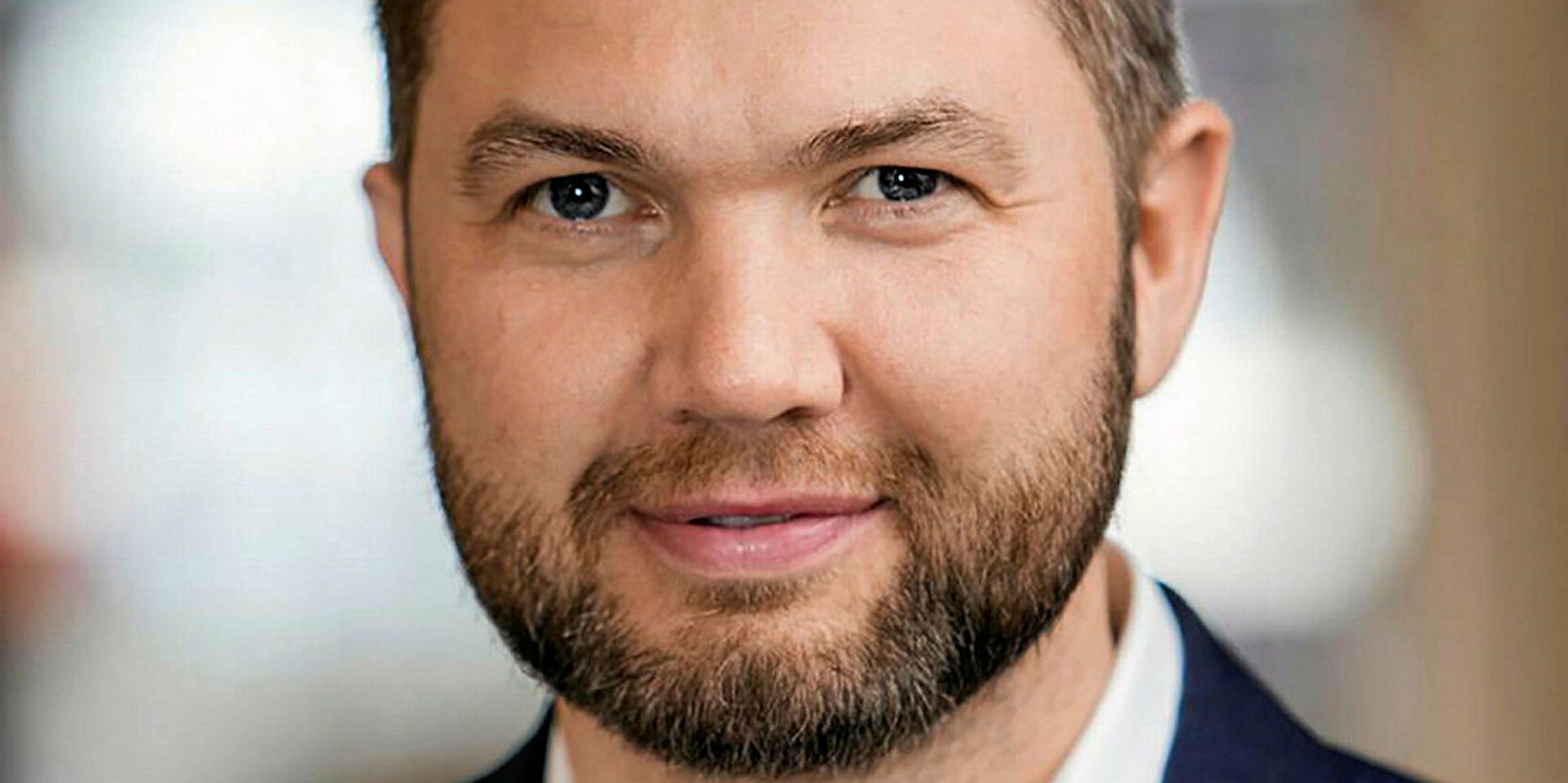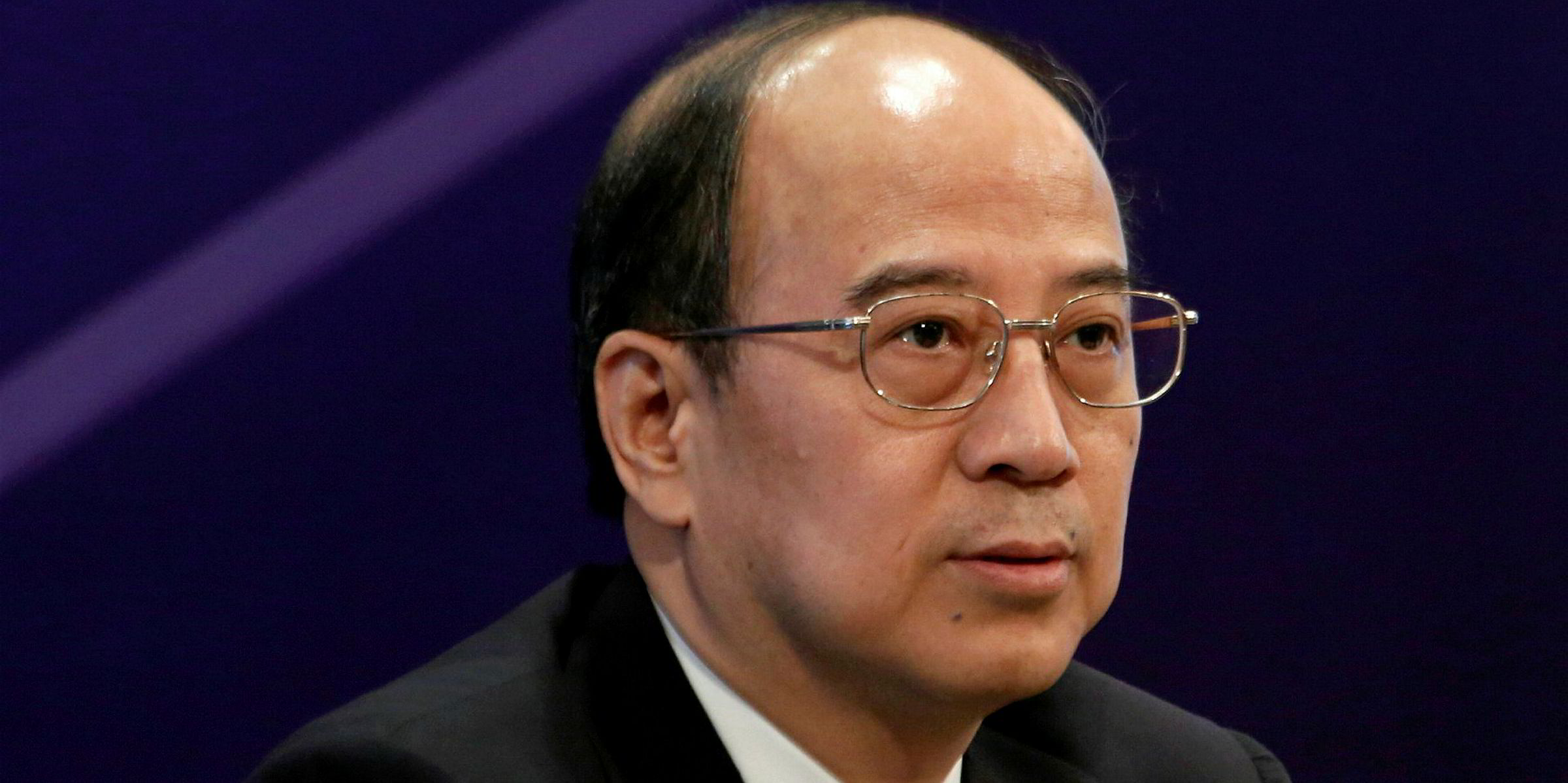The great fuel switch has begun, but it could be months or even years before the marine bunker market finds a new equilibrium. The only consensus on IMO 2020 among market players is that the fittest will survive.
The International Energy Agency describes the switch from high-sulphur fuel oil (HSFO) to 0.5%-sulphur fuels or marine gasoil (MGO) as “one of the biggest shake-ups” in the oil product markets ever.
Oil and shipping players have been well aware that such shifts in demand patterns would lead to a complex market, in which IMO 2020-compliant fuels would sell at premiums over HSFO.
But mitigating the pricing risks remains easier said than done, even at this late date. Earlier in the year most analysts had expected more clarity on pricing by now, but there is little transparency as yet.
HSFO is a well-developed product that has no lack of liquidity in physical and derivative markets. On the other hand, 0.5% low-sulphur fuel oil (LSFO) can be of various blends with different parameters in density and viscosity.
Not totally convinced of the quality of LSFO, and in anticipation of volatile prices in the coming months, many ship operators have resorted to buying bunkers via spot or short-term contracts.

“My sense of the shipping industry is that doing something different to everyone else is a very high-risk strategy,” says John Demopoulos, Argus Media vice president for North American refined products.
“It could put you enormously in the money, but it could put you enormously out of the money as well.
“The spot market is your safest bet in the early stages.”
However, while small shipowners may be able to adopt a day-by-day approach, those with large fleets might struggle to rely too much on spot trade because of their substantial fuelling requirements.
Jamie Webster, a senior director of the Boston Consulting Group Center for Energy Impact, suggests that big players will opt for a “portfolio” strategy. “Some on scrubbers, some on long-term contracts and some on short-term, spot kind of contracts.”
In general, the best strategy for fuel buyers may be going about their daily business more rigorously, though.

“Well-prepared owners and operators should, in our opinion, not do much different than previously,” Monjasa chief executive Anders Ostergaard tells TW+. “Be well prepared on bunker pricing by inquiring ahead of voyage fixtures, and if needed, ask for fixed pricing for certain liftings or periods.
“One can do nothing about the volatile markets we see presently, apart from increasing the daily attention to detail, until we hopefully start to see a more settled market during the first quarter of 2020.”
Another issue is the lack of a hedging tool for transactions of LSFO, which is widely expected to emerge as the preferred marine fuel in the next decade due to its pricing advantage over distillates.
While HSFO deals are often done at differentials to pricing indices published by price-reporting agencies, LSFO indices are not yet widely adopted, as the liquidity in the new products’ market is just beginning to grow.
“There is not really much liquidity in the swaps for 0.5% sulphur. It becomes very difficult to use that as the index in the early compliance period... because there is no liquidity out there,” Demopoulos says.

Oil officials had suggested that LSFO prices should be linked to MGO, as refineries need to produce the new blends at the expense of distillates output. But some players, including Euronav chief executive Hugo De Stoop, have complained about a lack of pricing correlation between the two.
Based on Ship & Bunker’s assessments, the global average price of LSFO increased by $16 per tonne in the five weeks to 14 November. Yet MGO prices fell by 50 cents per tonne in the same period.
For now, market participants have had to peg LSFO prices to gasoil contracts, such as Intercontinental Exchange’s 10-parts-per-million gasoil futures, whose values are more linked to driving and heating demand than to marine bunkers. But many expect LSFO indices to become used more as trading becomes increasingly active.
“We’re hoping the 0.5% quote will be liquid enough to be used as a hedging tool,” Hafnia’s vice-president of bunker procurement, Peter Grunwaldt, says. “We see somewhat of a disconnect between paper and the real market [currently].”
Still, the overall LSFO market size is initially expected to be smaller than HSFO formerly. 20|20 Marine Energy senior partner Adrian Tolson doubts whether linking LSFO deals to the new indices will happen soon. “No doubt the benchmark will shift to these postings? I am not sure this happens 100%.”
Most players expect that eventually a general pricing practice will be developed after the IMO 2020 rules come into force, regardless of which indices evolve into benchmarks. That should result in more confidence in long-term deals.

However, the number of scrubber-fitted vessels is expected to continue to increase, complicating the market dynamics. Fuel producers will take their investment decisions accordingly on whether to install facilities that can upgrade HSFO to LSFO.
Webster suggests it will take three to five years for the market disruption to be over, as shipowners and oil firms take time in making final decisions amid slowing trade growth. “It’s really likely how long it’s going to take to settle into a new normal.”
Before the dust settles, some will win out more than others. To ensure smooth operations, ship operators will be more willing to build long-term business relationships with suppliers that can provide quality LSFO and will even pay premiums initially, according to Tolson. With HSFO supply expected to shrink, the bunker suppliers that can regularly provide it may also be favoured.
“Shipowners and operators with designated bunker people will benefit from in-house experience and knowledge, and it will give them an edge come 2020, compared to those who don’t,” Grunwaldt says.
“The market will provide opportunities for serious suppliers and perhaps lead to some kind of consolidation on the supply side, [which is] maybe not a bad thing.”






